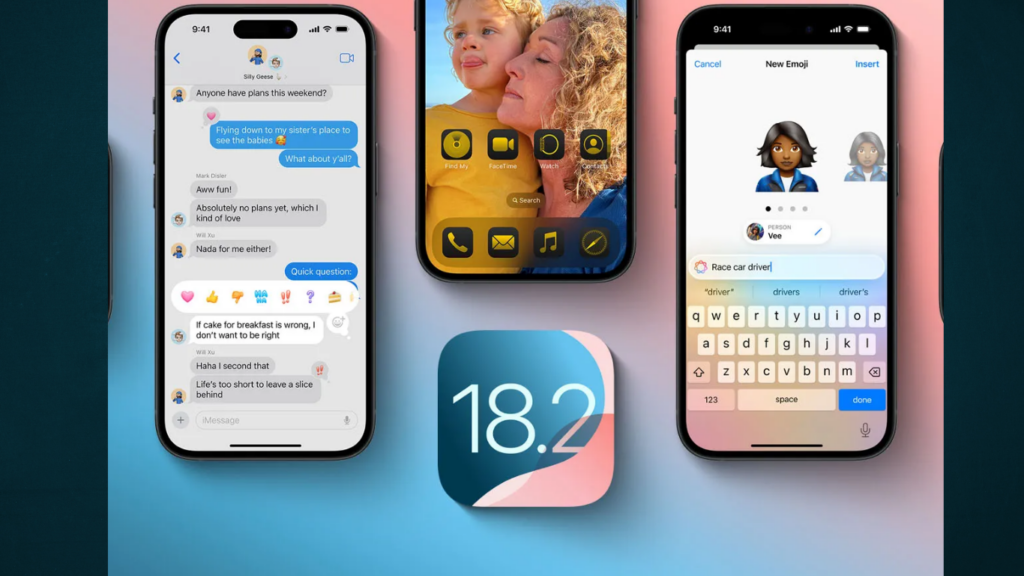Apple’s iOS 18.2 update brings a fresh approach to child safety, focusing on protecting younger users from explicit content without compromising privacy. This new feature, currently rolling out in Australia, uses on-device machine learning to detect and blur nude images in messages, AirDrop, FaceTime, and even some third-party apps — all while keeping everything private and encrypted.
How It Works

When the feature detects explicit content, it automatically blurs the image or video and pops up a message that the content might be sensitive. Kids get options to skip viewing, block the sender, or access online safety resources, and for those under 13, the device requires a Screen Time passcode to proceed. Older kids (13+) have the option to view the content after confirming they understand the potential risks, with reminders that they can always choose not to engage and reach out for help.
This all happens on the device itself, keeping any analysis private without sending sensitive data off to Apple. If they want, kids can also report the flagged content directly to Apple, making it a flexible, privacy-first option for both kids and parents.
Device Integration
The feature has slightly different coverage across Apple devices. On iPhones and iPads, it works in Messages, AirDrop, FaceTime video messages, Contact Posters, and even in some third-party apps when content is selected to share. Mac users will find it in Messages and select third-party apps, while Apple Watch supports it in Messages, Contact Posters, and FaceTime video messages. Vision Pro extends the feature across Messages, AirDrop, and certain third-party apps as well.
Privacy at the Core
This update is Apple’s latest effort to balance child protection with privacy. In 2021, the company announced plans to use CSAM scanning for photos in iCloud, aiming to alert Apple to flagged content. However, privacy advocates raised concerns that such technology could enable surveillance and government misuse. Apple ultimately scrapped the idea, refocusing on this device-centered approach to avoid any potential privacy pitfalls.
Rollout Plans and What’s Next

Australia, facing new tech regulations around abusive content moderation, serves as the test market for this feature, with plans for a global rollout soon. The setting can be enabled under Settings > Screen Time > Communication Safety and has been on by default since iOS 17.
In a nutshell, this iOS 18.2 feature marks a thoughtful shift in child safety, giving young users the tools to handle explicit content with support and privacy. Compatible with iOS 18, iPadOS 18, macOS Sequoia, and visionOS 2, it’s a big step toward safer, privacy-conscious digital spaces for kids across Apple’s ecosystem.

Subtly charming pop culture geek. Amateur analyst. Freelance tv buff. Coffee lover
